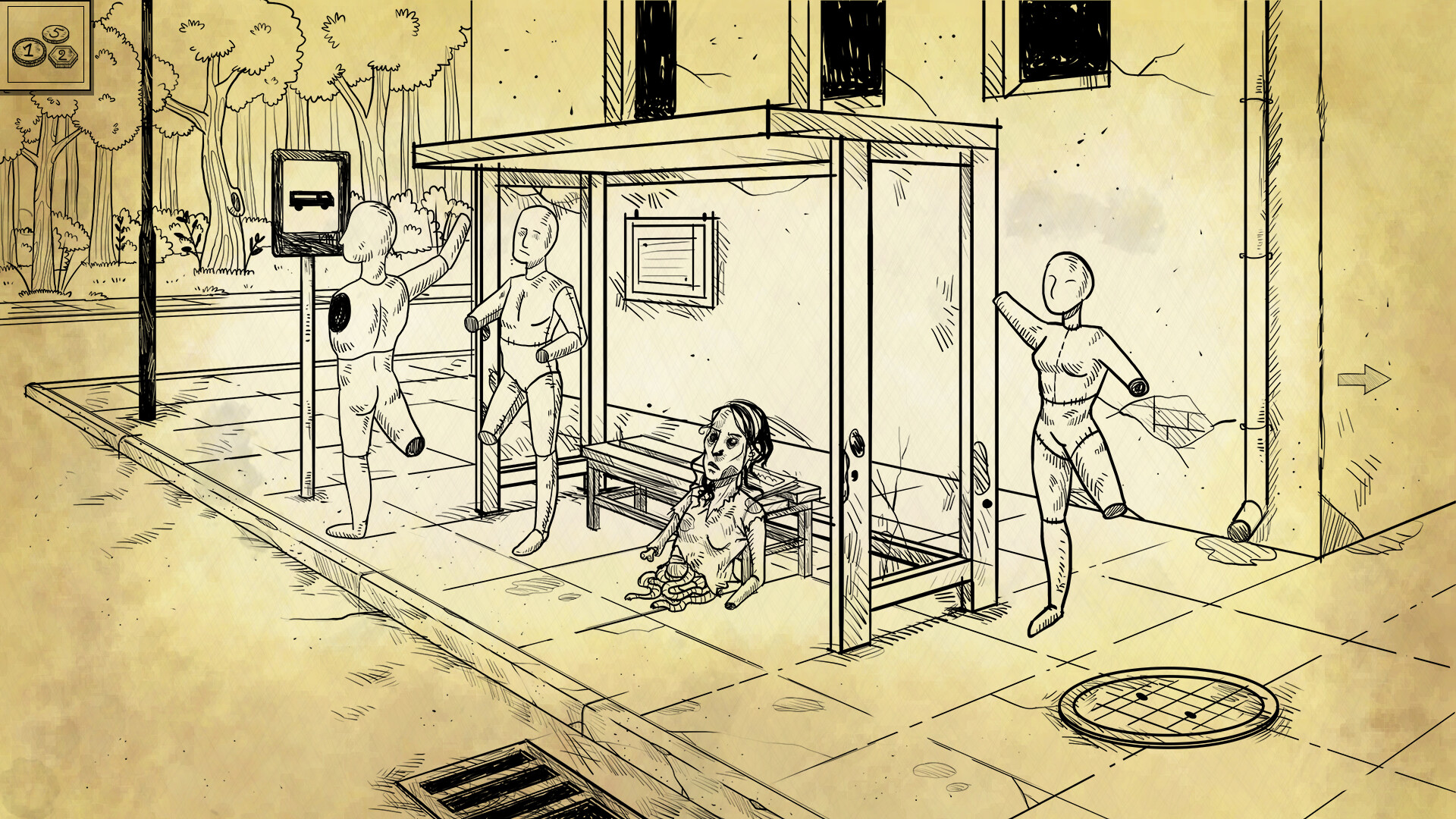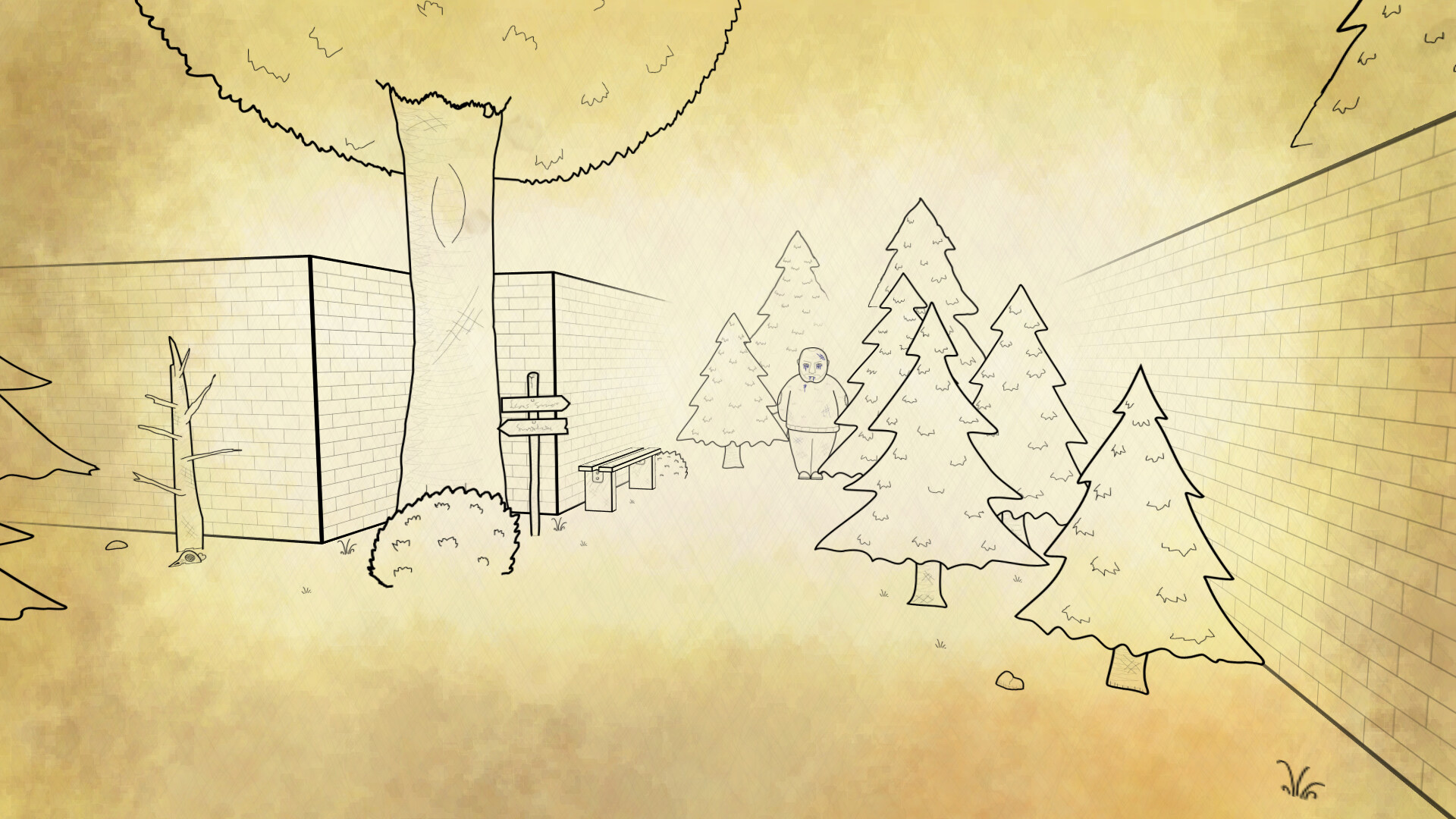Hidden Gems of Game Design Volume 26
Featuring Desert Fox Games and LEGO Batman

Plenty of amazing games go unnoticed and are not played widely for various reasons. Maybe it’s a diamond in the rough, or the marketing wasn’t there, or it could be a game ahead of its time. For this monthly series, I’ve asked my fellow writers on SUPERJUMP to pick a game they think is deserving of a chance in the spotlight. Let us know your favorite hidden gems in the comments.
Josh Bycer
Desert Fox Games

A niche series I’ve been following for years now is Bad Dream, by Desert Fox. Over the past decade, they’ve released multiple adventure games under the series “Bad Dream” or recently with “Faded Stories.” Their style is about creating an unsettling atmosphere to tell a story in. In the Bad Dream games, it takes place in an abandoned world that was once set up to be an MMO, but it and its characters have been left to rot. While “Faded Stories” takes place in a city where the dead come back to life every once in a while and the people go about their business no matter what strange events occur.
While there are jump scares and some violent subject matter, it never goes into full-blown horror territory. The point is putting the player into a setting where at first glance things appear to be normal, but the more you look at it, the more “off” things are. You are often left with more questions than answers at the end of each game, and there are common elements between the different games.

What is unusual for the series compared to other adventure games is that there is replay value with multiple endings, and this is tied to the puzzle logic that Desert Fox uses. Many of the puzzles in their games are built on event triggers – the player goes to X or picks up Y, and the next chain in the story shows up. Many puzzles are designed around the player having to find information in the world which acts as its own set of triggers. By replaying the game and knowing the information beforehand, you can break the sequences on purpose to find alternate routes and new lore. There is usually one special ending that requires a perfect run using the right items at the right time.
Unfortunately this kind of puzzle logic and storytelling does hurt the game in a way when it comes to the mainstream. Since each game has different characters, there isn’t anyone in them that would be considered “the protagonist”, so you don’t get the same connection as you would from other adventure games. The focus on sequences and event triggers also hurts when playing the game casually. This is not an adventure game where you can pick up everything in the world – you are only allowed to pick up or interact with items when they are relevant to the story. This means returning to previous areas to try and find a new item that is now required by the latest puzzle.

I still enjoy the series as a kind of throw back to the days of puzzle-heavy adventure games. Each game can be completed relatively fast if you’re not hunting for all secrets, and this makes them a really great pick up and play game when you’re in the mood for creepy puzzles.
Antony Terence
LEGO Batman (2008)

The first few LEGO games from the Xbox 360 era have a couple of flaws in common. Puzzles that didn’t make sense, near-impossible jumps, and simple AI were problems that troubled LEGO’s Gotham City rendition as well. But despite that, my brother and I had a great time as Robin and the caped crusader when we hunted Arkham Asylum convicts in a new story.
Stages consisted of straightforward button mashing to destroy enemies and the environment to collect LEGO studs between puzzles of varying difficulties. Vehicle levels add action-packed shootouts across air, sea, and land that keep the game fresh between the usual platforming segments. My brother and I usually managed to beat the game’s puzzles without consulting a walkthrough. When we got stuck, finding the solution only made us chuckle at how unintuitive it was. Since I had a partner, I didn’t run into the shoddy teammate AI that made puzzles more challenging to clear.
There’s no denying that LEGO’s innocent charm carries the game, even if Batman’s stoic nature and Robin’s mishaps don’t veer too far into the bizarre. This energy doesn’t bleed into Gotham City though, whose drab and realistic look doesn’t connect well with the cast of toy figures. Characters get unique abilities like Robin’s magnetic wall-walking suit and Batman’s batarangs. Levels also have secret paths that require new characters with abilities like super strength or poison immunity to access. LEGO studs collected across levels let you unlock characters like Nightwing and Batgirl. But that’s just one half of the game.

The second half lets you control Batman’s opponents right before the first half’s campaign missions play out. Poison Ivy can stun foes with her kiss, Mr. Freeze has his trusty freeze attacks, and the Riddler can straight-up control civilians. Killer Moth is in here too. While the visuals and story won’t win hearts, its LEGO-powered charm makes for a fun co-op romp through Gotham City. It’s no Rocksteady game but it doesn’t have to be.

